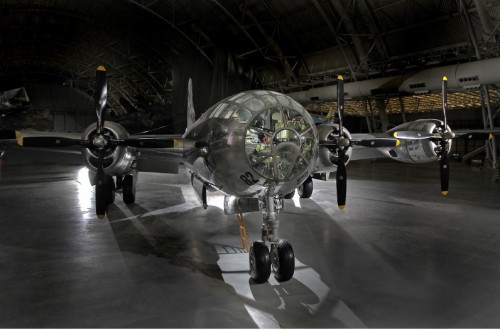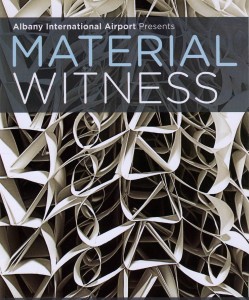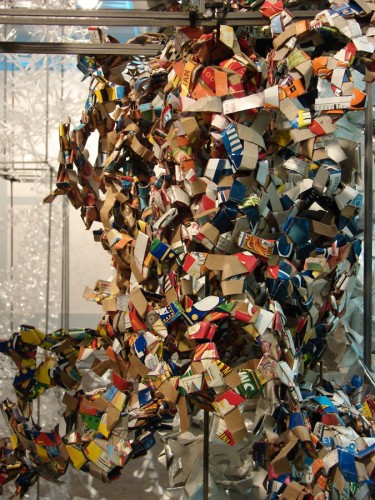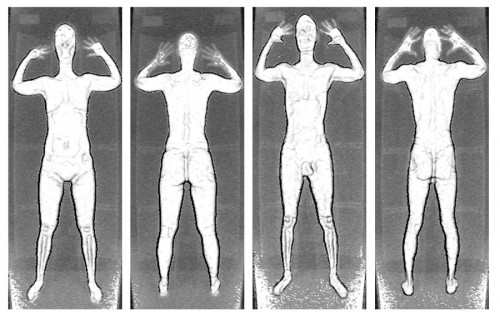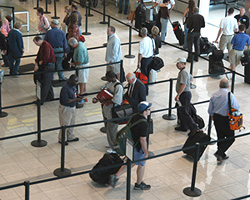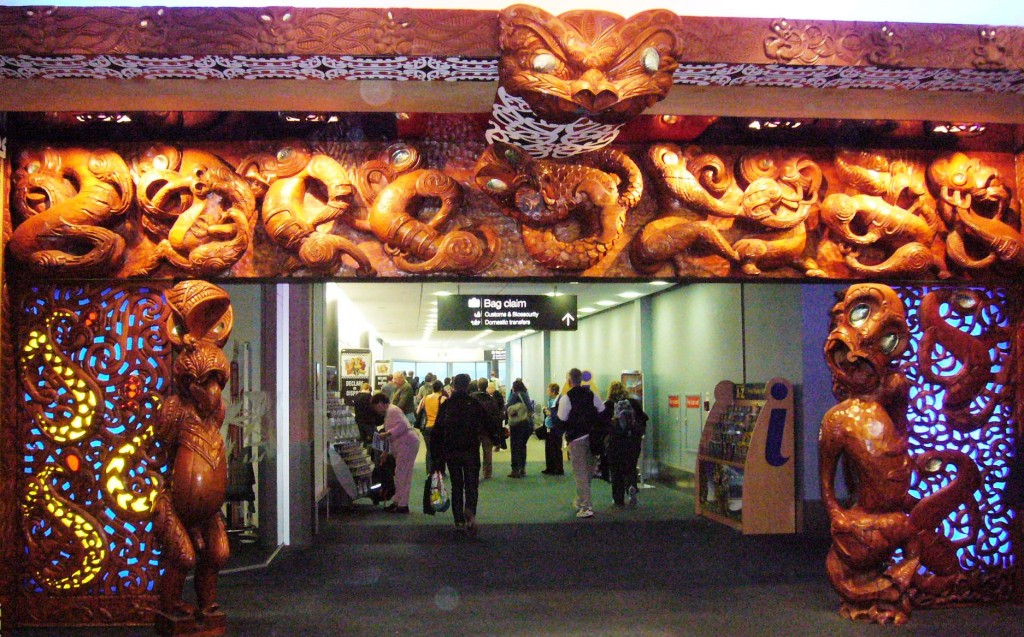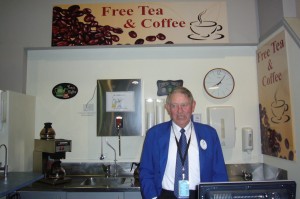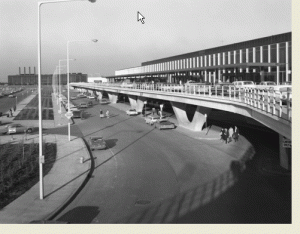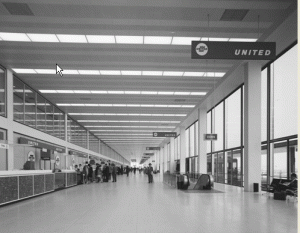Last week the Dulles International Airport (IAD) started using its AeroTrain airport train system to replace some, but not all of the mobile lounges that have been taking passengers between the Main Terminal and the Midfield Concourses for years.
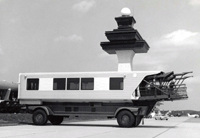
I really like those kooky lounges. Riding on them always offers a unique view of the airport. And there’s a black and white picture somewhere in the airport’s archives that explains the “lounge” part perfectly: it shows females attendants serving drinks to passengers on their way to the plane.
Even this photo shows travelers who seem to have no worries at all about making their connecting flights.
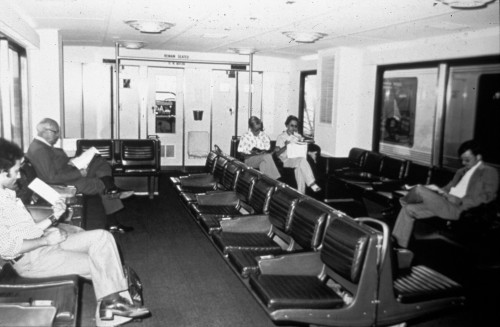
There are certainly some upsides to the AeroTrain.
One benefit is that right now there’s a photography exhibit in the tunnel connecting the temporary Concourse C with the C-Gates AeroTrain station.
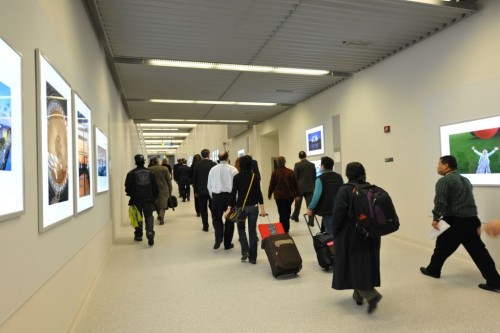
(Photo by: Kanji Takeno)
The exhibit “Washington, DC: Through Our Eyes,” includes photos shot by members of the White House News Photographers Association. The 44 photos currently on display are just the first group of more than 200 photos that will be displayed on a rotating basis.
And, if you find yourself with a long layover at Dulles International Airport (IAD) and have wrung all the excitement out of riding the AeroTrain and looking at the photo exhibit, then check out the cool stuff at the National Air and Space Museum Steven F. Udvar-Hazy Center just down the road.
The museum is big enough for the to Smithsonian to display thousands of aviation and space artifacts that just won’t fit on the National Mall. Like the Boeing B-29 Superfortress “Enola Gay.”
